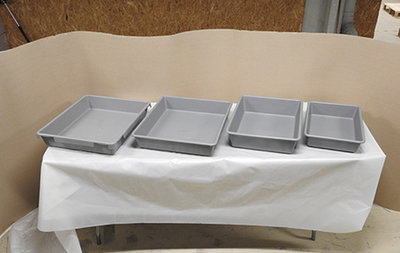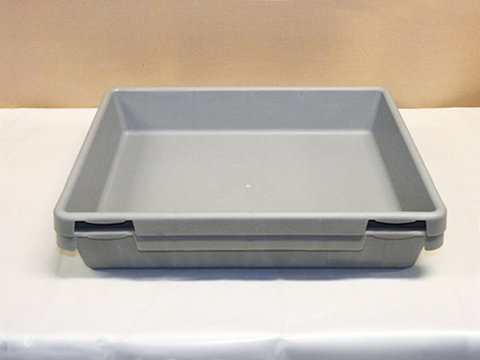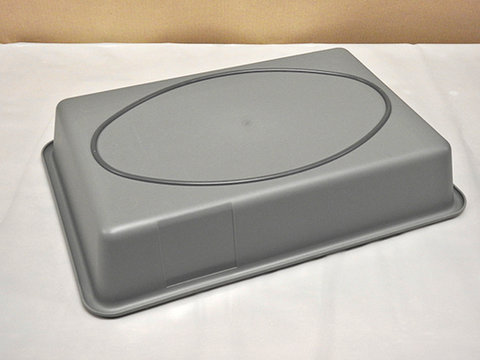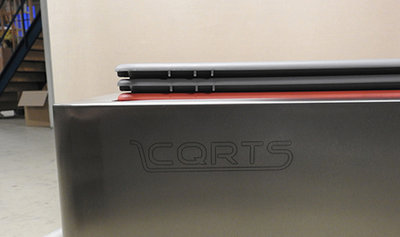
CQRTS develops antimicrobial trays for security checkpoints in major European airports.
Combined with regular cleaning practices, the trays help to improve hygiene standards and provide extra protection for staff and passengers.

Trays for preventing microorganism contamination at airports
CQRTS antimicrobial products were developed following reports of large bacteria counts in trays at airport security checkpoints.
Each day, security trays are handled and filled with belongings by thousands of travellers. They are exposed to a wide range of microorganisms, which can be transferred to passengers and staff.
Current travelling habits can cause pandemics to spread, and the security checkpoint contributes to this. In addition, cleaning routines for security trays are insufficient in many airports, and difficult to maintain at a high frequency.


Low-maintenance, long-lasting antimicrobial trays
CQRT TRAY® contain a unique antimicrobial agent that penetrates the cell wall of microorganisms, making them unable to function, grow and reproduce.
Independent laboratory tests shows that bacteria such as methicillin-resistant staphylococcus aureus (MRSA), S.aureus, e-coli and salmonella are reduced by more than 99.99% within 24 hours after coming in contact with the CQRT TRAY®.
As the unique agent is incorporated in the tray, its antimicrobial properties last throughout the lifetime of the product, without requiring any specialist treatment.
The low-maintenance CQRT TRAY® provide a long-term contribution against the spread of microorganisms among passengers and staff at airports.
Trays for manual and automatic return lanes at checkpoints
Available in a range of sizes, CQRT TRAY® offer a variety of features, including the company’s patented noise-reducing friction laces, and some have received approval from the European Civil Aviation Conference (ECAC).
The trays are suitable for manual and automatic return lanes at security checkpoints, as well as X-ray and CT machines.
CQRTS cooperates with several major manufacturers of security lanes, and are able to support the development and supply of complete lanes.

